Code That Matters: The Product Engineering Blueprint
Stop building features nobody wants—master product engineering to create software that solves real problems.

You've built a product. Your team has poured thousands of hours into coding the perfect features and designing the most intuitive interfaces. You've spent a small fortune on cloud infrastructure. Yet somehow, a month after launch, you're staring at dismal user numbers and watching your competition race ahead. What went wrong?
I've seen this pattern too many times in my twelve years running 1985 Software Solutions. The culprit isn't bad code or poor design—it's what happens (or doesn't happen) at the intersection of these disciplines. That intersection has a name: product engineering.

Product engineering isn't just another tech buzzword. It's the unification of technically sound engineering practices with genuine user empathy and deep market understanding. It's why some products flourish while others with similar feature sets languish. It determines whether your painstakingly constructed codebase delivers actual business value or becomes an expensive learning experience.
But here's the uncomfortable truth: most companies get product engineering profoundly wrong. They confuse it with feature development. They hire for technical skills and hope that product thinking will emerge spontaneously. They prioritize architecture purity over user outcomes. These are expensive mistakes.

The Evolution of Product Engineering
Product engineering has undergone a profound transformation over the past decade. Earlier, it was common to view product development through a linear lens: requirements gathering, followed by design, implementation, testing, and deployment. This waterfall approach created distinct silos where product managers defined features, designers created mockups, and engineers wrote code to specifications.
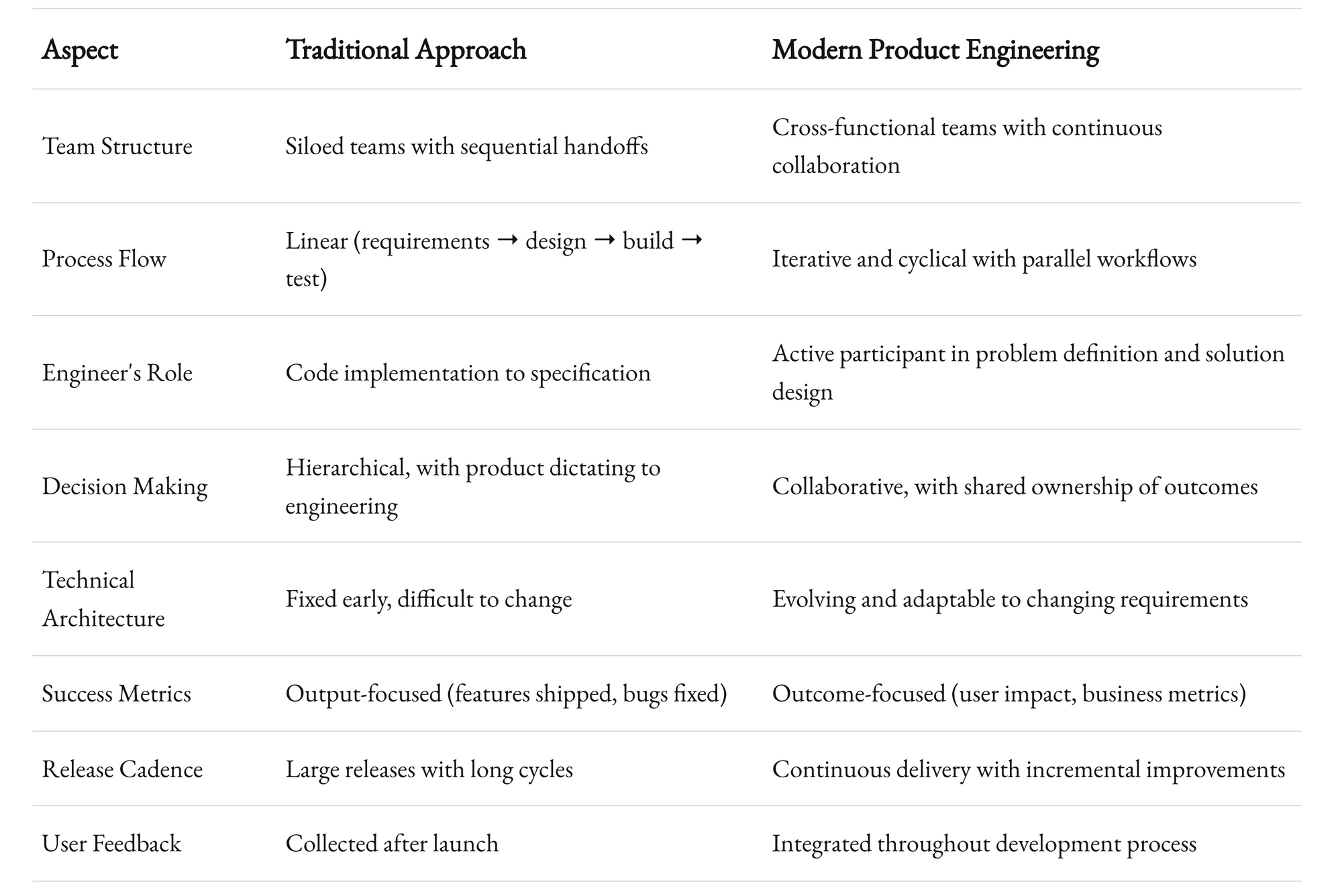
This model no longer works in today's market. The pace of innovation has accelerated beyond what sequential processes can support. User expectations have evolved dramatically, with seamless experiences becoming table stakes rather than competitive advantages. Technical complexity has increased exponentially as products integrate with expanding ecosystems of APIs, services, and platforms.
Modern product engineering recognizes that product development is inherently iterative. It embraces cross-functional collaboration where engineers don't just implement requirements but actively participate in shaping the product vision. It treats technical architecture as a strategic business asset that can either enable or constrain future innovation.
According to a 2023 McKinsey study, companies that successfully integrate engineering into product decision-making are 1.5 times more likely to outperform their market segment in revenue growth. This isn't coincidental—it's causal. When engineers understand the "why" behind features, they make better technical decisions. When product managers understand technical constraints, they prioritize more effectively.
This shift also reflects changing technical realities. The rise of cloud infrastructure, containerization, and microservices has made system architecture more fluid. Modern architectures need to be adaptable to changing business requirements and fluctuating demand. They need to scale not just technically but organizationally, allowing teams to work in parallel without constant coordination overhead.

Breaking Down the Discipline
Product engineering combines three critical dimensions that determine whether a digital product succeeds or fails: technical excellence, product thinking, and business acumen. Let's examine each component:
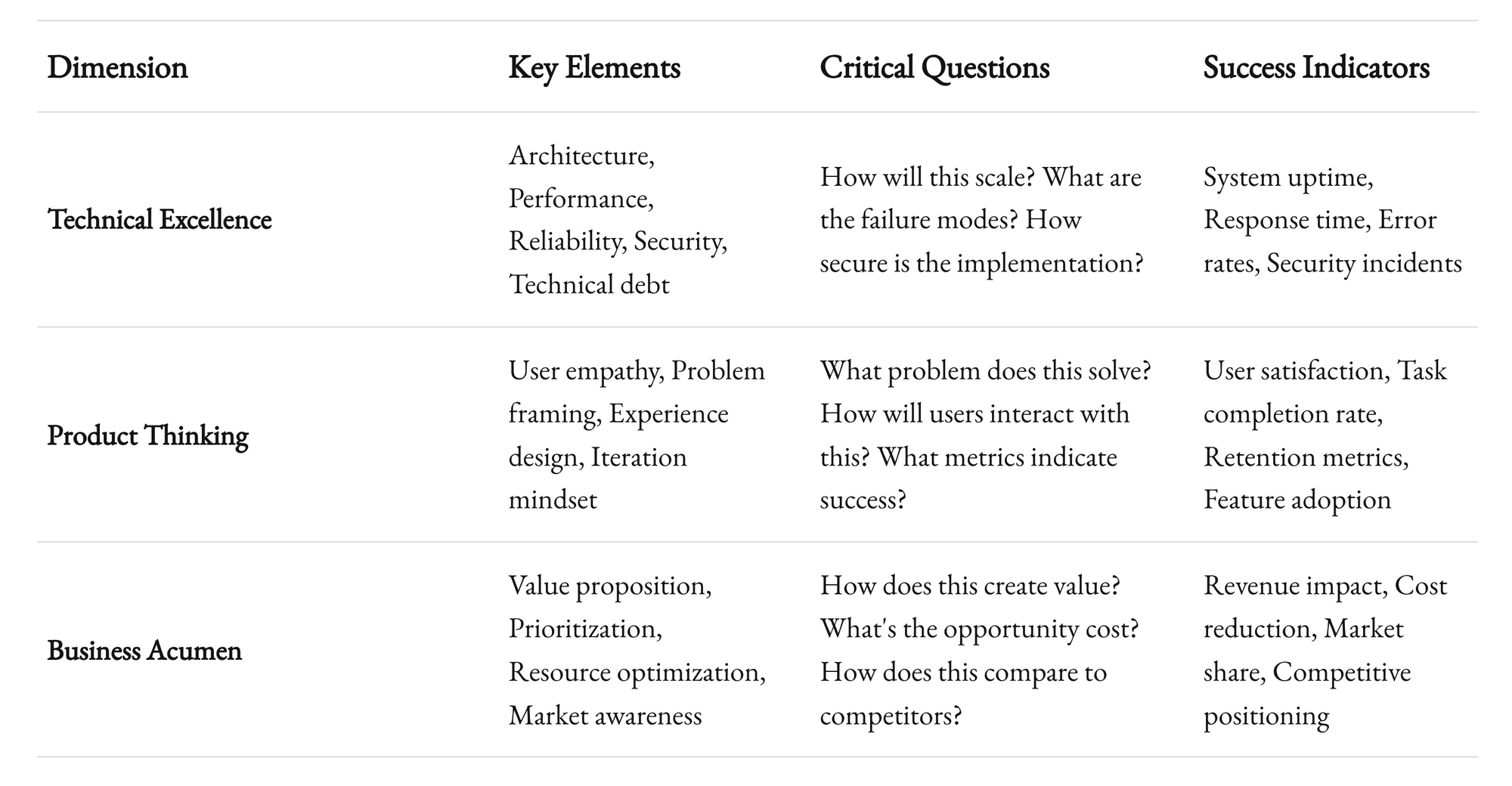
Technical Excellence
At its foundation, product engineering demands technical rigor. This encompasses:
- Architecture that scales with usage: Systems designed to handle 10x or 100x growth without requiring massive rewrites.
- Performance optimization: Milliseconds matter. A 100ms improvement in load time can increase conversion rates by 1%, according to Google's research.
- Reliability engineering: Implementing resilient systems that gracefully handle failures and maintain uptime.
- Security by design: Building protection against data breaches and vulnerabilities from first principles.
- Technical debt management: Strategically balancing short-term delivery against long-term maintainability.
Technical excellence isn't about using the newest frameworks or adopting bleeding-edge technologies. It's about making appropriate technical choices that align with business objectives and user needs. It requires distinguishing between essential complexity (inherent to the problem domain) and accidental complexity (introduced by poor implementation choices).
In my experience at 1985, the most successful engineering teams focus on "boring technology" for core systems—proven, battle-tested tools with predictable failure modes—while strategically adopting innovation where it creates genuine differentiation. The goal isn't technological sophistication for its own sake but reliability, maintainability, and adaptability.
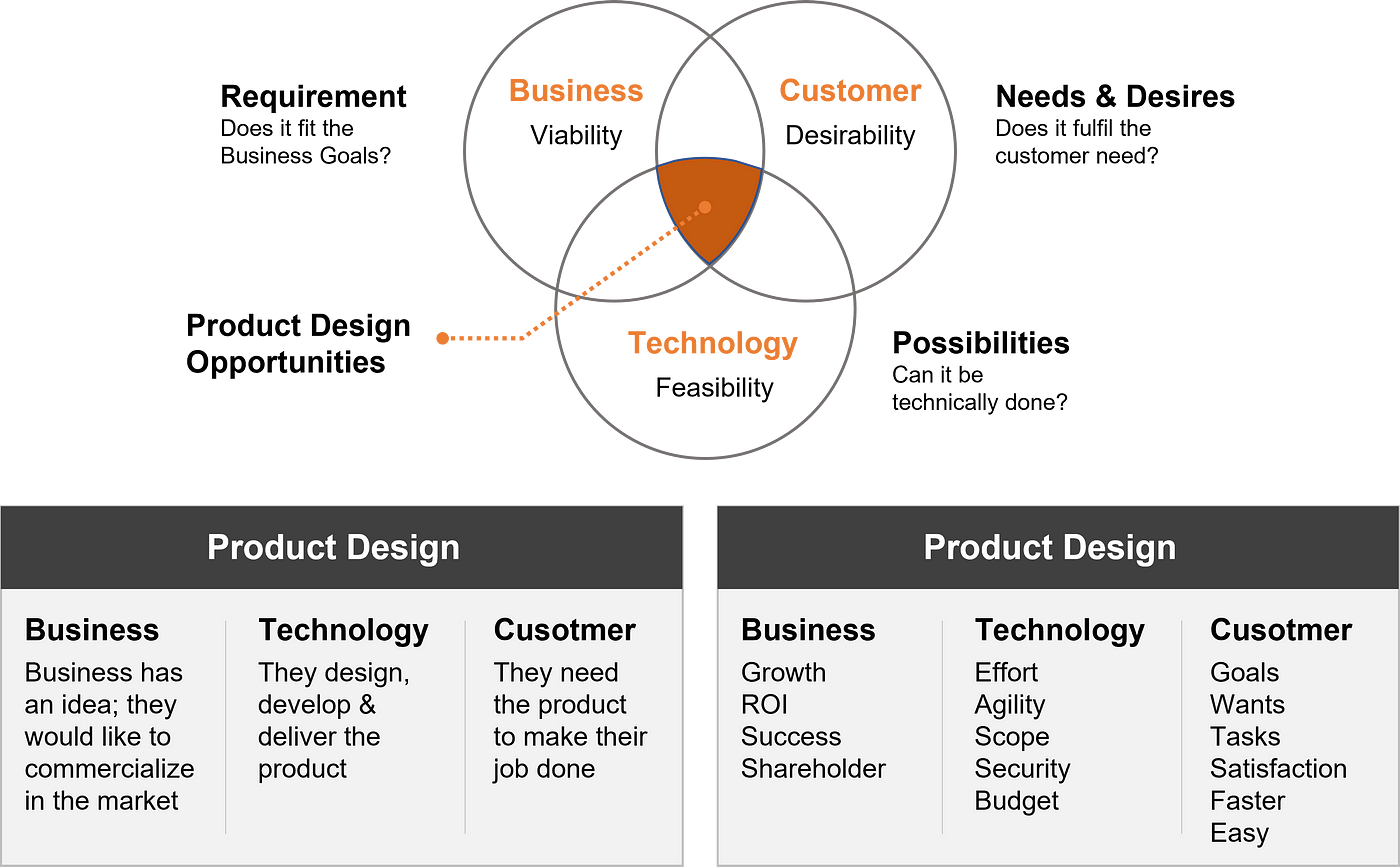
Product Thinking
Technical prowess without product thinking leads to well-architected systems that solve the wrong problems. Product thinking encompasses:
- User empathy: Deeply understanding user needs, pain points, and aspirations.
- Problem framing: Identifying the true problem beneath feature requests.
- Experience design: Creating flows that feel intuitive and obvious in retrospect.
- Metrics orientation: Defining and measuring success through user and business outcomes.
- Iteration mindset: Embracing continuous learning and improvement based on real-world usage.
Product thinking isn't just about collecting feature requests or following UX best practices. It's about developing an intuitive understanding of what will create value for users. This requires ongoing engagement with users through both quantitative analytics and qualitative feedback.
The most effective product engineers I've worked with develop an almost supernatural ability to predict how users will interact with their software. They constantly ask: "How might this break? How might this confuse? How might this delight?" They're never satisfied with functional correctness alone; they demand experiential excellence.
Business Acumen
Engineering decisions have business implications. Business acumen in product engineering includes:
- Value proposition clarity: Understanding exactly how the product creates and captures value.
- Prioritization frameworks: Making informed tradeoffs between competing objectives.
- Resource optimization: Balancing speed, quality, and cost effectively.
- Market awareness: Recognizing competitive dynamics and market opportunities.
- Strategic alignment: Ensuring technical decisions support business strategy.
Business acumen allows engineers to make better decisions autonomously. When engineers understand business goals, they can identify optimization opportunities that might be invisible to non-technical stakeholders. They can suggest alternative approaches that achieve the same business outcomes more efficiently.

The Reality Gap in Product Engineering
Despite widespread recognition of product engineering's importance, a significant gap exists between aspiration and implementation. Organizations face several common challenges:
Organizational Silos
Traditional organizational structures often reinforce the separation between product and engineering teams. Product managers report to different leadership than engineers, creating competing incentives and communication barriers. Even when physically co-located, these teams may operate with different priorities, vocabularies, and success metrics.
Breaking down these silos requires deliberate organizational design. Some companies implement true cross-functional product teams, where product managers, designers, and engineers share collective ownership of outcomes rather than just outputs. Others maintain functional departments but create processes that foster continuous collaboration.
At 1985, we've found that embedding engineers in problem discovery—having them participate in user interviews, competitive analysis, and market research—dramatically improves outcomes. Similarly, involving product managers in technical discussions helps them develop intuition about what's technically feasible, enabling more realistic planning.

Skill Development Gaps
Few educational programs prepare engineers for product thinking, and fewer still teach product managers to understand technical constraints. This creates a natural communication gap where each discipline lacks the vocabulary and mental models to effectively collaborate with the other.
Progressive organizations address this through structured learning programs. Engineers receive training in user research, UX principles, and business modeling. Product managers learn system design fundamentals, technical debt concepts, and software development processes. This cross-training doesn't aim to create generalists who do everything but to enable more effective specialists who can collaborate seamlessly.
Misaligned Incentives
Performance metrics often reinforce division rather than collaboration. Engineers may be measured on velocity, code quality, or technical implementation, while product managers are evaluated on feature completion, user adoption, or business metrics. These disconnected incentives create natural tension where what's "good" for one team may appear detrimental to another.
Organizations that excel at product engineering implement shared metrics that bridge these divides. Both product and engineering teams might be measured on user outcomes, system reliability, and business impact. This alignment ensures that both disciplines are working toward common goals rather than optimizing for departmental metrics at the expense of overall product success.
Principles of Effective Product Engineering
Through our work at 1985, we've identified several principles that characterize effective product engineering:
1. Start with Problems, Not Solutions
The single biggest mistake in product development is jumping to solutions before deeply understanding the problem. This often happens when engineering teams receive prescriptive specifications detailing exactly what to build without context on the underlying user need or business challenge.

Effective product engineering begins with problem definition. What user need are we addressing? What business objective does this serve? What current approaches exist, and why are they insufficient? This problem framing should happen collaboratively between product and engineering teams to ensure shared understanding.
Only after establishing a clear problem definition should teams explore potential solutions. This exploration should consider multiple approaches, each with different tradeoffs in terms of development effort, user experience, maintainability, and business impact.

2. Make Technical Architecture a Strategic Asset
Architecture decisions have far-reaching implications that extend beyond immediate feature delivery. An architecture optimized solely for current requirements may accelerate short-term delivery but create significant constraints for future innovation.
Strategic architecture balances immediate needs with long-term flexibility. It anticipates likely growth vectors and evolution paths while avoiding premature optimization for scenarios that may never materialize. This requires regular dialogue between technical and business leadership to ensure architectural decisions align with business strategy.
Key considerations include:
- Scalability dimensions: Will growth come through user volume, feature expansion, organizational scaling, or geographic distribution?
- Differentiation areas: Which aspects of the product create unique competitive advantage versus commoditized capabilities?
- Integration requirements: How will the product interact with other systems, platforms, and ecosystems?
- Regulatory landscape: What compliance requirements must be addressed now or in the foreseeable future?

3. Implement Continuous Discovery and Delivery
Traditional development processes separate discovery (research, design, planning) from delivery (implementation, testing, deployment). This separation creates handoff points where context gets lost and delays feedback on implementation decisions.
Modern product engineering interleaves discovery and delivery, creating tight feedback loops that inform both product direction and technical implementation. This might include:
- Weekly user testing of in-progress features
- A/B testing of key interaction patterns
- Feature flagging to enable gradual rollout and quick rollback
- Production monitoring tied to business metrics, not just technical ones
- Regular retrospectives that include both product and engineering perspectives
This integrated approach requires infrastructure that supports rapid experimentation and learning. Feature flags, analytics implementations, and deployment automation aren't just engineering concerns—they're essential product capabilities that enable more effective discovery.
4. Embrace Constraints as Creative Catalysts
Every product operates within constraints: technical limitations, resource availability, market timing pressures, and more. Rather than viewing these constraints as obstacles, effective product engineering embraces them as creative boundaries that drive innovation.
Constraints force prioritization of what truly matters. They push teams to find elegant solutions that maximize impact with minimal complexity. They highlight the real requirements versus nice-to-haves. History shows that many breakthrough products emerged not despite constraints but because of them.
In practice, this means:
- Explicitly identifying and documenting key constraints
- Framing constraints positively as design challenges rather than limitations
- Regularly questioning which constraints are truly fixed versus self-imposed
- Celebrating creative solutions that work brilliantly within constraints
5. Measure What Matters: Outcomes Over Outputs
Traditional development metrics focus on outputs: features shipped, story points completed, bugs fixed. While these measurements have value for process optimization, they don't directly connect to what matters most: user and business outcomes.
Outcome-oriented measurement focuses on the actual impact of engineering work:
- Are users achieving their goals more effectively?
- Has system reliability improved meaningfully?
- Are business metrics moving in the right direction?
- Has technical debt been reduced in high-leverage areas?
This shift from output to outcome measurement requires more sophisticated instrumentation and analysis. Teams need to define clear success metrics before implementation, instrument systems to capture relevant data, and regularly review results to inform future decisions.
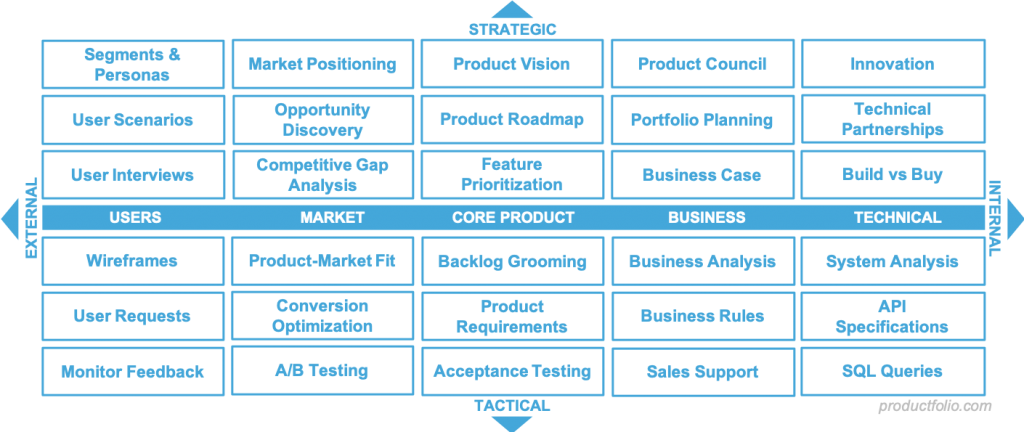
Putting It Into Practice: A Framework
Adopting effective product engineering practices requires a structured approach. Here's a framework we've refined at 1985 through numerous client engagements:
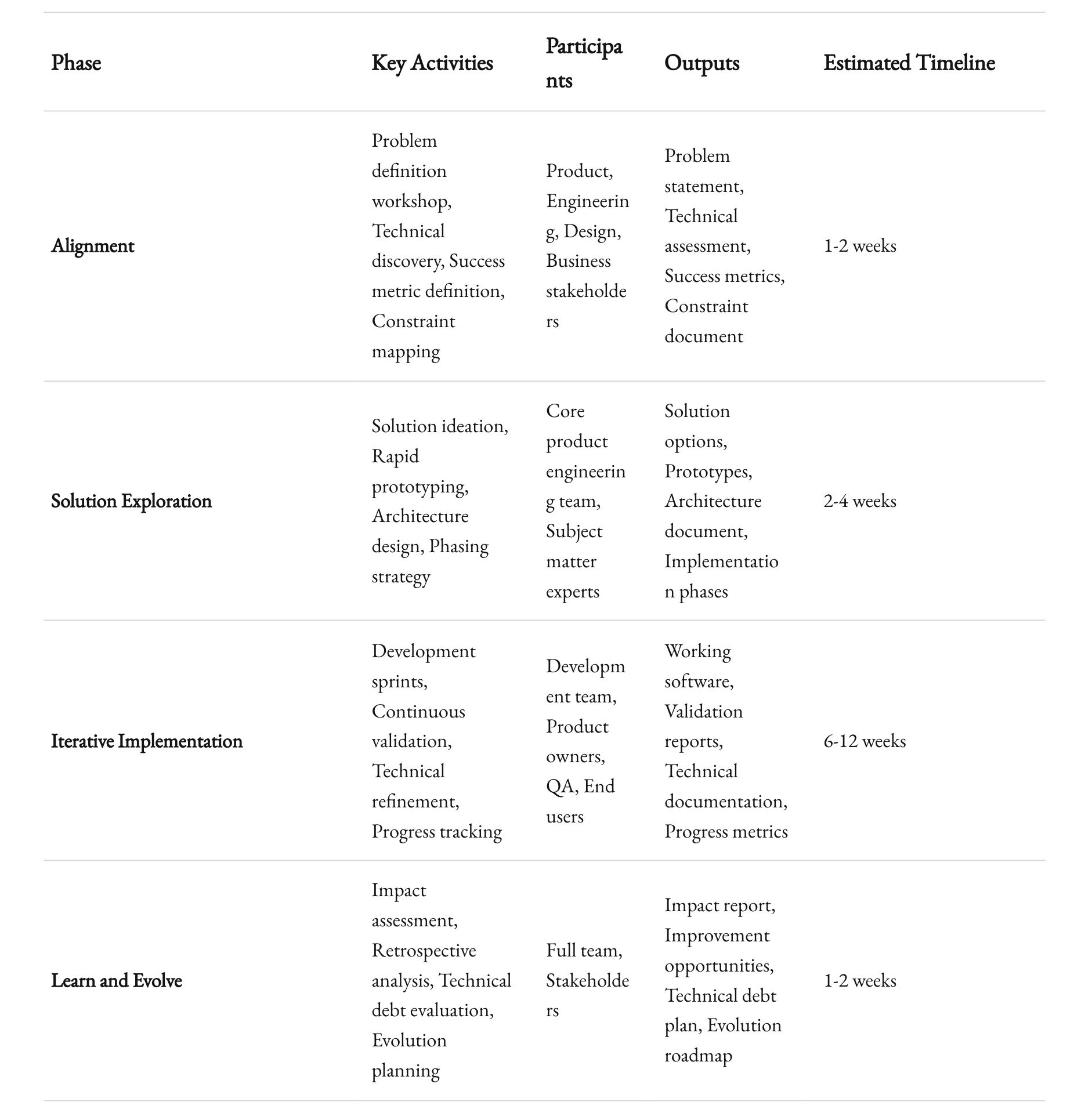
Phase 1: Alignment
Before diving into implementation, ensure alignment across stakeholders:
- Problem definition workshop: Bring together product, engineering, design, and business stakeholders to clearly articulate the problem being solved, for whom, and why it matters.
- Technical discovery: Assess the current technical landscape, identifying constraints, dependencies, and potential leverage points.
- Success metric definition: Establish clear, measurable outcomes that will indicate success both technically and from a business perspective.
- Constraint mapping: Explicitly document technical, resource, timeline, and regulatory constraints that will shape the solution.
Phase 2: Solution Exploration
With alignment established, explore potential solutions:
- Solution ideation: Generate multiple approaches to addressing the defined problem, considering various technical and experience tradeoffs.
- Rapid prototyping: Create lightweight technical and/or UX prototypes to validate key assumptions and gather early feedback.
- Architecture design: Develop a technical architecture that supports the proposed solution while maintaining alignment with longer-term strategic goals.
- Phasing strategy: Break the solution into meaningful implementation phases that deliver incremental value rather than an all-or-nothing approach.
Phase 3: Iterative Implementation
With a solution direction established, move into implementation:
- Development sprints: Implement the solution in short cycles, typically 1-2 weeks, with clear demo points for feedback.
- Continuous validation: Test implementation with real users throughout development, not just after completion.
- Technical refinement: Continuously refine the technical implementation based on emerging insights and challenges.
- Progress tracking: Regularly assess progress against both output metrics (completion) and outcome metrics (impact).
Phase 4: Learn and Evolve
After initial implementation, focus on learning and evolution:
- Impact assessment: Measure the actual impact of the implementation against the originally defined success metrics.
- Retrospective analysis: Review the end-to-end process to identify improvement opportunities for future initiatives.
- Technical debt evaluation: Assess any technical debt incurred during implementation and develop a plan for addressing high-priority items.
- Evolution planning: Based on initial results, define the next evolution of the solution to further enhance impact.
Common Pitfalls and How to Avoid Them
Even with a strong framework, product engineering initiatives can fall prey to common pitfalls:
Overengineering
Engineers naturally gravitate toward elegant, comprehensive solutions. This can lead to overengineering—building more complexity than the current problem requires based on anticipated future needs that may never materialize.
Prevention strategies:
- Time-box initial implementations with strict scope boundaries
- Require concrete use cases for each layer of abstraction or flexibility
- Implement the simplest solution first, then iterate based on actual needs
- Distinguish between essential complexity and accidental complexity
Feature Fixation
Product teams sometimes become fixated on specific feature implementations rather than the outcomes those features are meant to achieve. This limits creative problem-solving and often results in suboptimal solutions.
Prevention strategies:
- Frame requirements as jobs-to-be-done rather than feature specifications
- Challenge solution assumptions with "five whys" questioning
- Evaluate multiple approaches against outcome metrics, not feature completeness
- Implement A/B testing infrastructure to compare alternative solutions
Neglecting System Health
In the rush to deliver new capabilities, teams often neglect system health: performance, reliability, security, and maintainability. This creates a growing burden of technical debt that eventually crushes productivity.
Prevention strategies:
- Establish and monitor system health metrics with clear thresholds
- Allocate dedicated capacity for system health improvements in each development cycle
- Implement automated monitoring and alerting for key health indicators
- Conduct regular technical debt inventories and prioritization exercises
Siloed Optimization
When teams optimize for their own metrics without considering the broader product system, local efficiencies can create global inefficiencies. For example, optimizing for development velocity might come at the expense of operational complexity or user experience consistency.
Prevention strategies:
- Implement shared OKRs across functional disciplines
- Create forums for cross-functional system optimization discussions
- Rotate team members across different disciplines temporarily to build empathy
- Review metrics holistically across product, engineering, design, and business dimensions
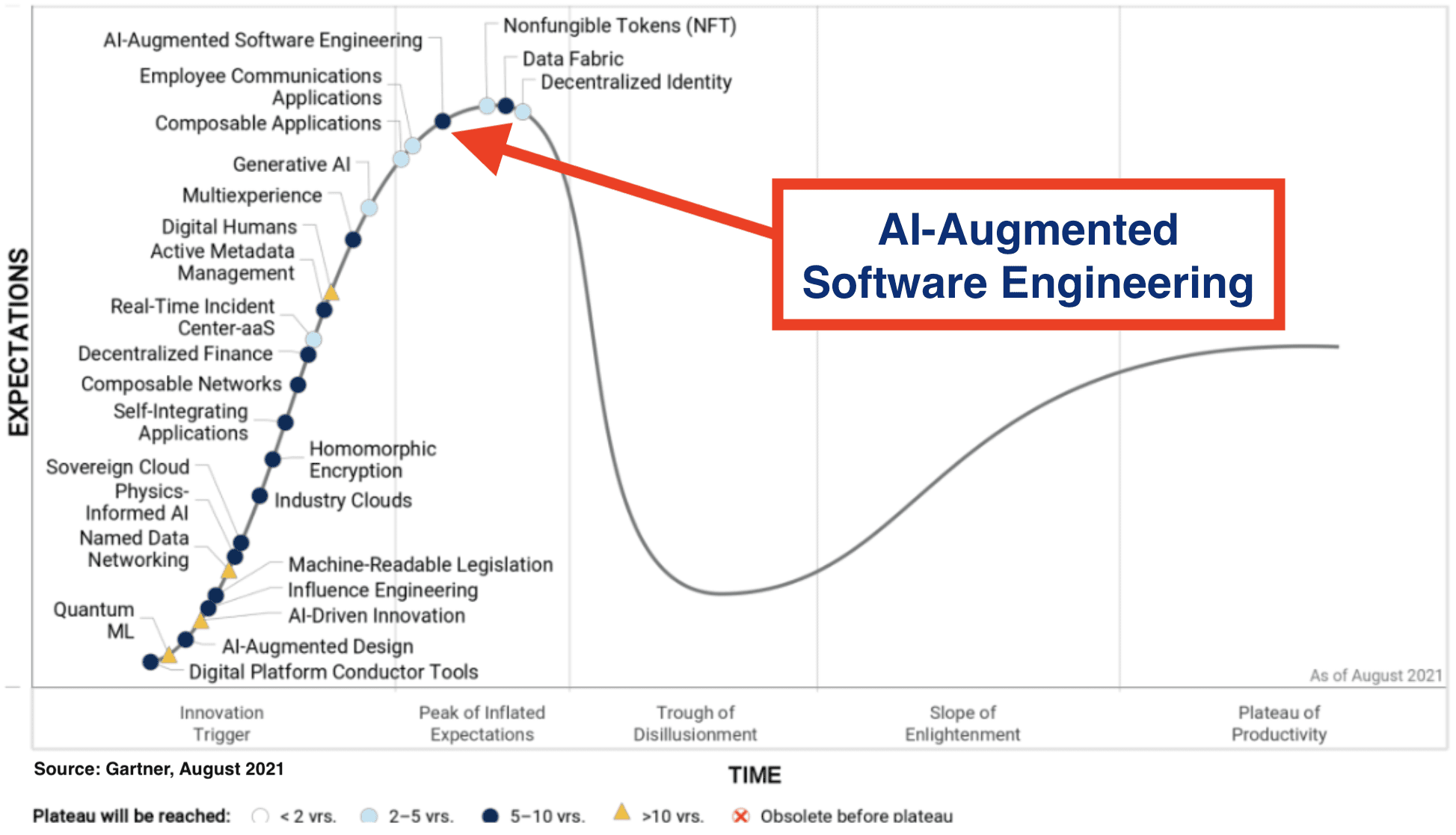
The Future of Product Engineering
Looking ahead, several trends are reshaping product engineering practices:
AI-Augmented Development
AI-assisted coding tools like GitHub Copilot and enhanced code generation capabilities are fundamentally changing the nature of software development. These tools are rapidly evolving from simple code completion to understanding higher-level intent, suggesting architectural patterns, and generating entire components from natural language descriptions.
This shift will elevate product engineering from implementation details to higher-level system design and integration. Engineers will spend less time writing boilerplate code and more time ensuring generated code meets business requirements, integrates properly with existing systems, and follows architectural principles.
Continuous Experimentation Infrastructure
Leading organizations are investing heavily in infrastructure that enables rapid, low-risk experimentation. This includes sophisticated feature flagging systems, advanced analytics pipelines, automated experimentation frameworks, and tooling that connects user behavior directly to code changes.
This infrastructure dramatically lowers the cost of testing ideas, enabling more frequent, smaller experiments rather than large, risky launches. It allows organizations to make data-driven decisions about product direction and technical implementation based on actual user behavior rather than assumptions.
Embedded Machine Learning
Machine learning is evolving from a specialized discipline to a standard component in the product engineering toolkit. Rather than treating ML as a separate initiative, forward-thinking teams are embedding ML capabilities directly into their product development processes and platforms.
This integration enables more personalized experiences, dynamic optimization of user interfaces, automated content moderation, predictive system scaling, and countless other capabilities that were previously impractical to implement or maintain.
The Competitive Advantage of Product Engineering
In today's market, technical execution alone isn't enough. The ability to integrate technical excellence with product thinking and business acumen—what we've defined as product engineering—has become a critical competitive advantage.
Organizations that master product engineering move faster, adapt more effectively to market changes, create more compelling user experiences, and ultimately deliver greater business value from their technical investments.
This capability doesn't emerge spontaneously. It requires deliberate organizational design, investment in cross-functional skills development, aligned incentives, and consistent application of the principles we've discussed. It demands breaking down traditional silos between product and engineering, replacing them with collaborative structures focused on shared outcomes.
The companies that thrive in the coming decade won't be those with the most engineers or the largest feature sets. They'll be the ones that most effectively transform technical capabilities into user and business value through the discipline of product engineering.
In my experience leading 1985 Software Solutions, I've seen firsthand how this transformation creates disproportionate results. Teams that embrace product engineering don't just build better software—they solve more meaningful problems, create more intuitive experiences, and ultimately build products that users genuinely value.
The question isn't whether you can afford to invest in product engineering capabilities. It's whether you can afford not to.



